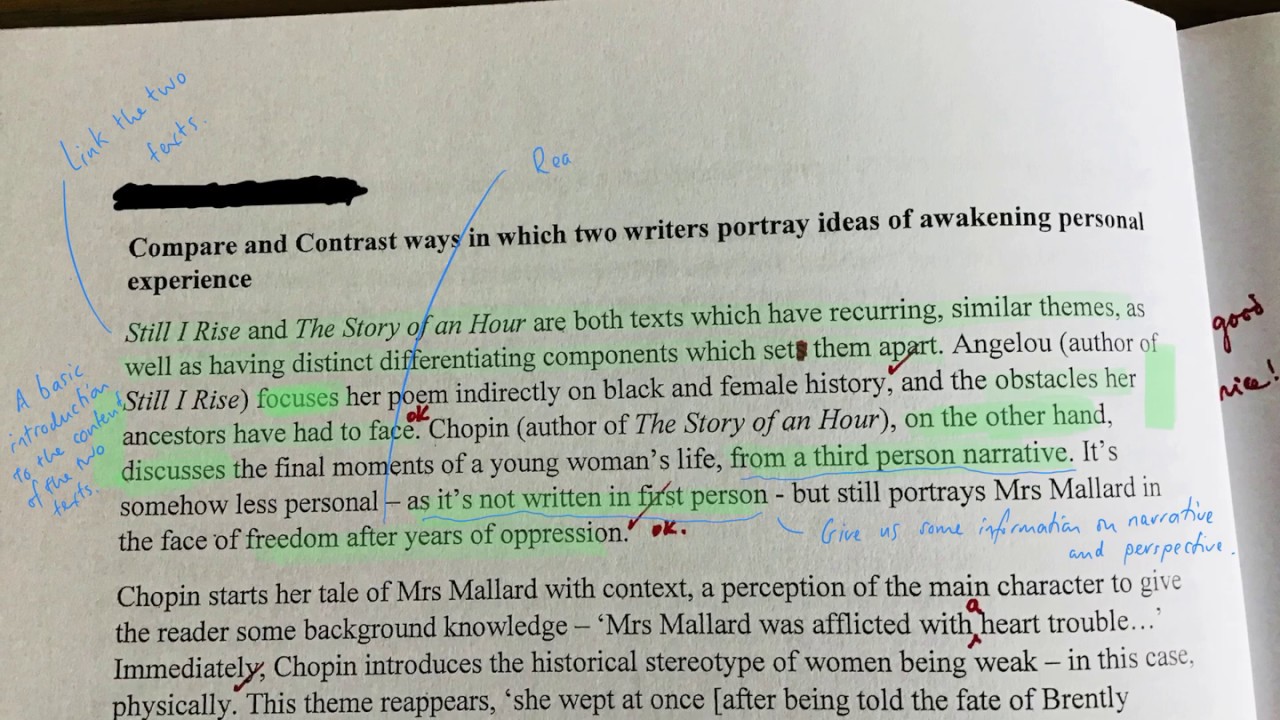How to Write an Introduction for A Level History Coursework

If you are attempting to write an introduction for an A-level history coursework, there are some things that you should consider. The introduction should focus on the event or issue that you have been asked to write about, and should support this with relevant historic policies. The introduction should also be clear about what the question is, and explain different interpretations of it, supporting your judgment. To ensure that the work you produce is clear and well-structured, it’s important to follow a structured approach, just like an essay.
Stage-setting
If you’re writing an introduction for a level history coursework, it’s crucial to identify the topic area you’re writing about. A simple trick is to use the key words from the title in the first few sentences of the introduction. This will focus the essay on a level-appropriate topic, and ensure that it stays focused. Similarly, don’t be afraid to use more than one word, as long as it is relevant to the topic at hand.
Analysis of historical interpretations
The purpose of this task is to assess the level of understanding that students have of historical interpretations. This will involve the analysis of the primary sources, such as novels, newspaper articles, court case records, and artworks. Different historians will approach these primary sources with different skills. Therefore, the interpretation of any source may not be entirely accurate, even if the writer of the document genuinely believes that it is so.
In the Historical Investigation task, students will evaluate and analyze a question they have chosen, including the views of academic historians. They will also examine and appraise a range of primary sources to determine the validity of each. Finally, students will assess the primary source material for its utility in supporting arguments. Using a wide range of historical sources is the most effective way to demonstrate knowledge of historical interpretations.
To effectively evaluate historical sources, students must identify the author of each source, evaluate its credibility, and compare competing historical narratives. The skills of historical comprehension and analysis overlap, but these two tasks require students to distinguish historical facts from historical interpretations. The objective of historical analysis is to analyze the evidence and judge whether the interpretation is sound or not. Analysis of historical interpretations requires students to assess the validity of sources, identifying authors, and understanding the relationship between historical facts and culturally constructed interpretations.
In the course of studying history, students are expected to analyze historical events and their historical consequences. To do so, students must consider the human nature of the main characters, examining their motives, hopes, and fears. This understanding will enable students to critically evaluate major debates in history and consider the impact of past events on the present. They should also demonstrate their ability to analyse and evaluate contradictory and messy historical materials.
Recommendations for a high-level piece of analytical writing
The first thing to remember is that a historical essay is not just a summary of what you’ve read, but it must also have a clear thesis statement that sets out your argument based on the reading material. A thesis should also support your main points and have a clear structure, with topic sentences connecting each paragraph. A level history can be overwhelming, as it involves a lot of dates and information to understand. However, there are a few steps to follow to ensure a successful essay.
First, you need to decide the topic. Usually, the teacher gives the subject, so it’s important to read and understand the prompt carefully. An example of a good analytical essay would be one that expands the concept of “retaliation” in the epic poem Beowulf. Then, you’d analyze the causes of such an event, and its consequences.
Second, you need to understand how historians interpret historical events. You must use academic historians’ work. Don’t simply use your course books as your primary source. Unless you have a master’s degree in history, you shouldn’t use a course book or textbook as the basis of your analysis. Make sure to paraphrase and use footnotes as much as possible, so that your audience can see the gist of your analysis.
Using primary sources
There are two ways to approach using primary sources in your essay. First, you must look for more than three primary sources, and then evaluate them. Consider the provenance, tone, content, and argument. Then, select the best three sources to include in your essay. In this way, you’ll be able to showcase your ability to analyse sources. Ultimately, the aim is to have three different types of primary sources in your essay.
When assessing the evidence provided by a source, you need to make sure it is accurate. While a source may have been edited or translated, its main message should not have changed. Using primary sources in your essay may allow you to answer questions that others have missed. By analyzing the source, you can avoid using direct quotes and over-interpreting it. This means that you must use sources that help you build a better understanding of the topic at hand.
While using primary sources is essential for your essay, you need to know where to find them. You can use textbooks or wikipedia to begin your research, but don’t go straight to academic books. Try to find books written in different eras, as this will give you a better idea of the context and significance of a given text. For example, a book written in the 1970s is unlikely to contain as much hindsight as a more recent book. If you’re looking for a primary source for your essay, look for websites dedicated to history learning.
When looking for a primary source, you should look for documents written by people living in the time period you’re studying. You can include correspondence between historical figures, and you can also examine historic documents like letters, newspaper articles, and even artifacts. Another way to use primary sources is to include original artwork, such as documents, as these are the most authentic evidence of the subject. When you choose a primary source, make sure that it is scholarly and published by a reputable source.




Leave a Reply